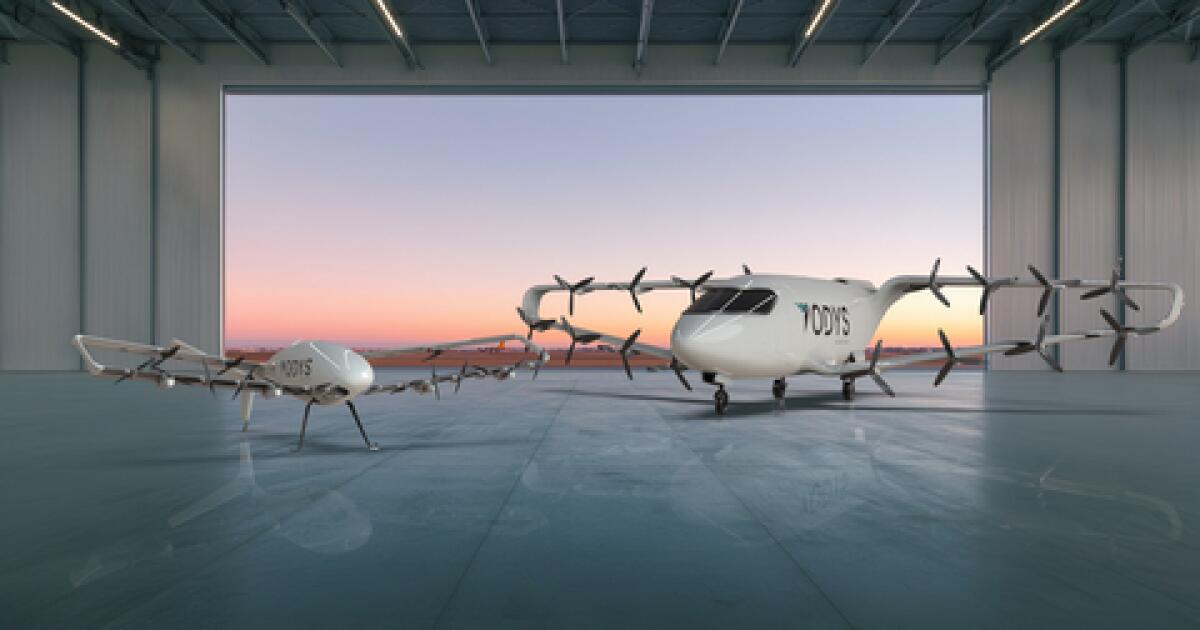Copyright Charleston Post and Courier

NASA has made it official: Earth has a second moon. Sort of. An asteroid called 2025 PN7 is trailing our planet’s path as a “quasi-moon,” meaning it isn’t orbiting Earth and will only serve as a temporary companion to our moon. It is estimated to resume its interstellar journey in 2083. It’s a rare phenomenon. Only seven prior quasi-moons have been identified, according to the Planetary Society, a group founded by the late NASA consultant Carl Sagan. Clemson University astronomy professor Marco Ajello has a clever way of explaining a quasi-moon. “Think of the second moon as a hitchhiker who hitches a ride with the moon, a ride that lasts 58 years,” Ajello told The Post and Courier. Charleston Planetarium director and astronomer Thomas Martinez says the venue soon will have an exhibit or display about the second moon. And South Carolinians, like all Earthlings, will need a high-powered telescope or a friendly planetarium to see PN7. Astronomers still are assessing its exact size. It’s an estimated to be 62 to 118 feet in diameter. Martinez says it’s doubtful that it’s bigger than a skyscraper. “Imagine trying to spot the Empire State Building among the stars from millions of miles away,” Martinez said. Astronauts on the lunar surface would be able to see the PN7’s silver glow in their sky. Martinez said that some quasi-moons are much larger. This one poses no danger to the Earth. Ajello said the second moon offers a great opportunity to test technology that mines asteroids for rare metals and minerals. “It’s easier to get the robotic technology on an asteroid that isn’t hurtling away from us,” Ajello explained. The Pan-STARRS observatory at the University of Hawaii first discovered PN7 earlier this year and reported the object to the International Astronomical Union Minor Planet Center, the official scientific body that observes and registers asteroids and comets.



